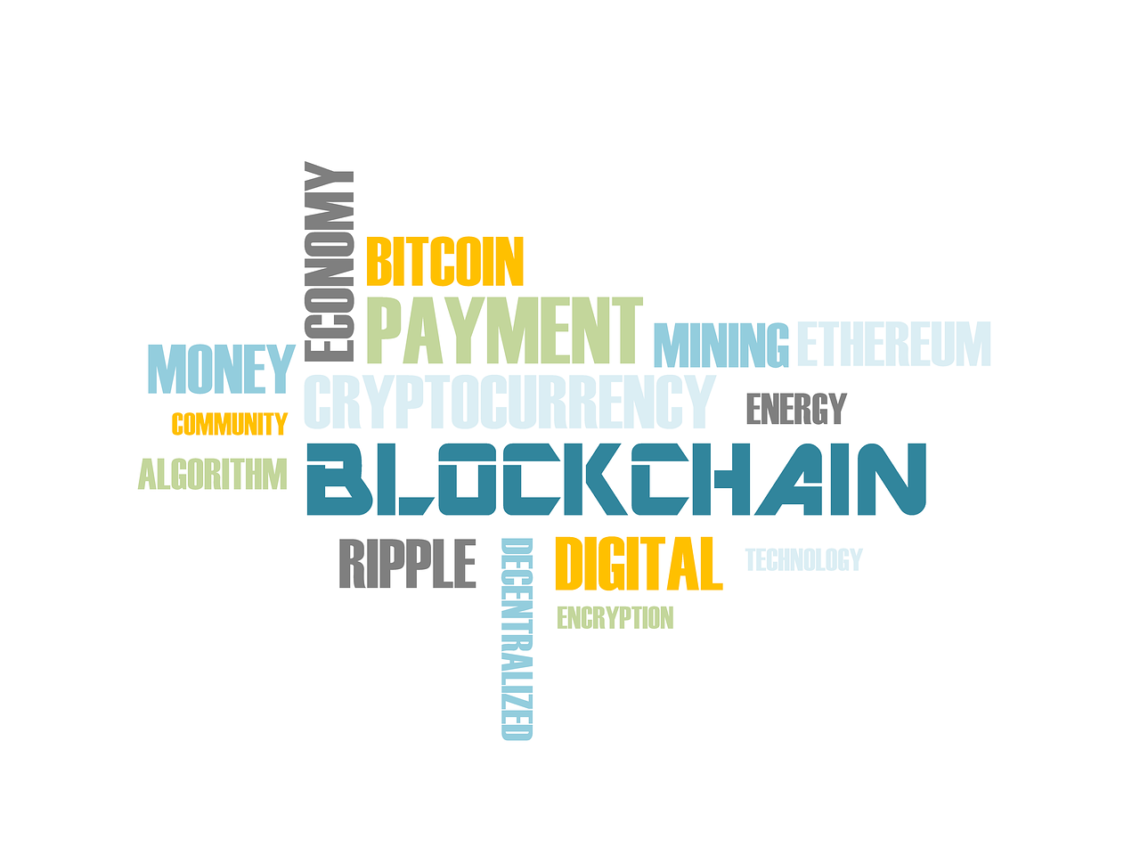• Enabling uninterrupted communication between different blockchains is dubbed to be the most viable solution for the lack of interoperability.
• Wrapped tokens facilitate faster Bitcoin transactions and also allow users to deploy their BTC over several DeFi protocols.
• Using trustless bridges can even allow the users to utilize the features of both the blockchains.
Blockchain has been a revolutionary technology for humans and companies. Over the past few years we have seen immense growth of blockchain, with several supply chains as well as fintech companies adopting them. Alongside cryptocurrency, blockchain has proven to be a game change in the traditional finance sector. Decentralized finance, a subset of the blockchain technology, has reached heights since its inception in the Ethereum platform. However, the technology is still in its nascent stage and the one thing that is hindering its global adoption is the lack of interoperability. Users still find it difficult to transact between other blockchain platforms.
Ethereum’s DeFi Domination has Only Resulted in Network Congestion
Ethereum has been pursuing the top position in the DeFi industry for the last six year. According to the DApp market report, almost 59% of the total DApps run on Ethereum platform. This in turn has created congestion in its network coupled with heightened transaction fees and diminishing transaction speed. Troubled developers and users are resorting to scalable and much more cheaper platforms such as binance smart chain and so on. However, Eth2 mainnet does promise to make applications faster and cheaper to use. However, the major problem of interoperability still remains unsolved.
BTC Holdings can be Easily Transferred Through Blockchain Bridges
Enabling uninterrupted communication between different blockchains is dubbed to be the most viable solution for the lack of interoperability. This allows two or more blockchain to fuse together and serve a specific purpose. However, the traditional notion of comparing between blockchains will cease to exist. With blockchain bridges, one’s BTC holdings can be easily transferred to another blockchain through the means of wrapped tokens such as Wrapped Bitcoin (WBTC). These wrapped tokens facilitate faster Bitcoin transactions and also allow users to deploy their BTC over several DeFi protocols.
ERC20’s ability to leap over Ethereum blockchain’s high transaction fees is highly attributed to its interoperability. However, using trustless bridges can even allow the users to utilize the features of both the blockchains. There are two types of bridges, federated and trustless. While federated is much more centralized, trustless is just the opposite; it is decentralized. Consequently, trustless bridges eliminate the possibility of human errors because they operate on mathematical algorithms. They allow to diminish congestion in the network and offer users a smoother experience.

Andrew is a blockchain developer who developed his interest in cryptocurrencies while pursuing his post-graduation major in blockchain development. He is a keen observer of details and shares his passion for writing, along with coding. His backend knowledge about blockchain helps him give a unique perspective to his writing skills, and a reliable craft at explaining the concepts such as blockchain programming, languages and token minting. He also frequently shares technical details and performance indicators of ICOs and IDOs.


 Home
Home News
News










